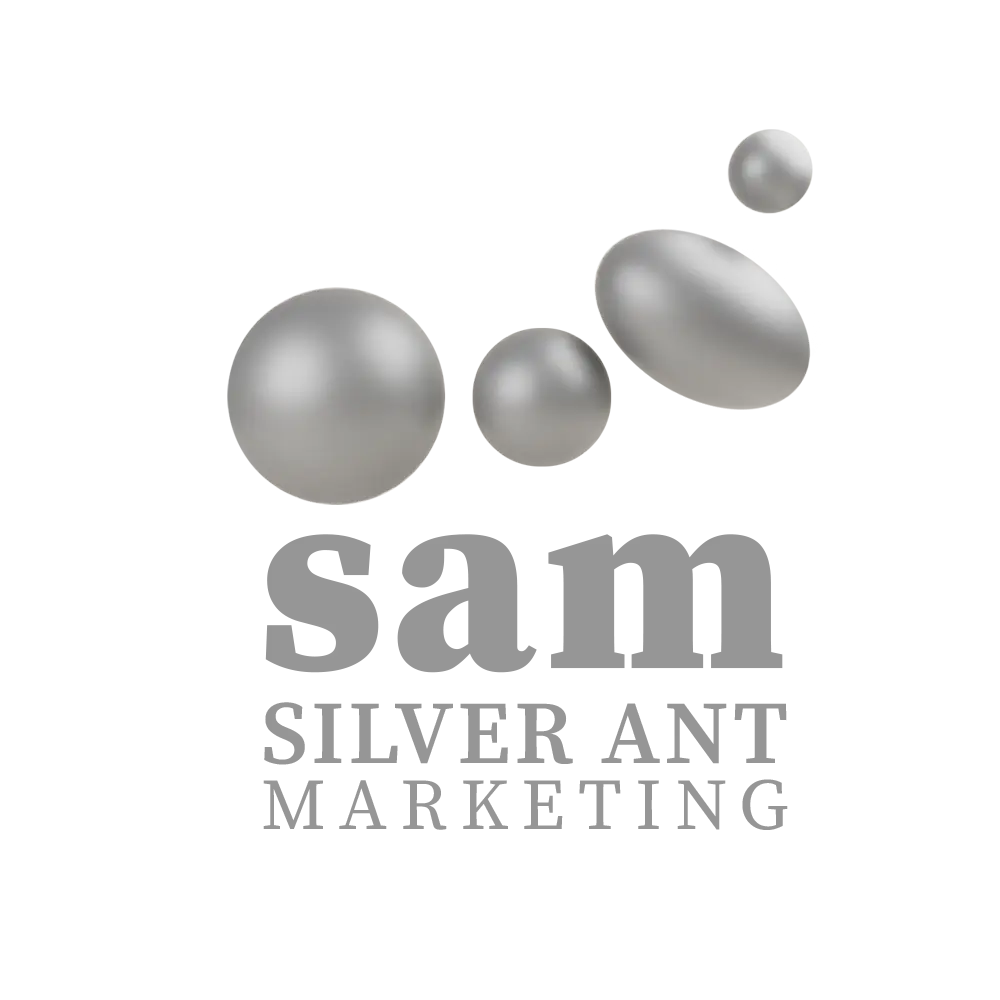8 LinkedIn Mistakes You Should Never Make
Having a LinkedIn profile is like having an electronic version of your CV. You risk missing out on a job or business opportunity if you don’t put in the time and effort necessary to maintain it, or even worse if you don’t have one. Therefore, what are some typical errors you can be doing without realizing it? And how can you construct a LinkedIn profile to attract results such as a new job you adore or a client of your dreams? So, avoid these eight common LinkedIn blunders, whether you’re searching for a new job, leveraging your current one, or simply exploring professional opportunities.
Not using an image
Not having a picture is one of the biggest LinkedIn mistakes you might make. Your profile is seven times more likely to be seen if you have one.
Moreover, you do not need to employ an expensive photographer to take a fantastic photograph. Simply use any picture from a mobile device to avoid making these LinkedIn profile mistakes. However, ensure that the image is clear and professionally portrays you.0
Displaying an inappropriate picture

No dog, no spouse, no baby! That should be the priority! In terms of visual quality, inappropriate images are the top LinkedIn mistakes. These photos are rare and are mainly of individuals who fear age discrimination using a picture of themselves in their 30s. However, when they appear for an interview, the interviewer will conclude that they are dishonest instead of listening to their responses.
Avoiding the status
Your LinkedIn status is where you should update your network on your professional achievements and growth. You might post an update on a colleague’s advancement or share a terrific piece you published.
Update your status every few days to keep it new and demonstrate that you’re active and involved. However, always keep in mind what not to put on LinkedIn!
Utilizing the standard connection request
LinkedIn is not like Twitter or Facebook, where quantity trumps quality. LinkedIn networks serve the purpose of creating critical professional contacts that may be used for career prospects.
Even if you’ve never met the person you’re reaching out to, you should do some background research. Customize your connection request to make it more appealing.
Ignoring the privacy options
Many individuals are unaware that LinkedIn has privacy settings – and it is for good! When actively employed at your present work and seeking a new one, you should be discreet. Not utilizing the privacy options and not being discreet are the worst LinkedIn mistakes you could make.
Many people wonder if LinkedIn helps you get a job. But you have to be careful. If you revamp your profile and engage recruiters, your employer will know you are going.
You may adjust your settings so your supervisor cannot notice that you are actively seeking employment. Privacy settings are simple to locate: Sign in, then choose “settings” from the drop-down menu where your name appears.
A boring summary

While your LinkedIn page is comparable to an online CV, you have a more significant opportunity to express your individuality. The ideal location to do so is your about page’s summary.
This is where you explain not just what you do but also what you’re capable of, what you enjoy about your job, and why you entered the field in the first place. This should not be a generic, bland paragraph about yourself. It should distinguish you in the eyes of prospective employers and business clients.
Eliminating previous employment
Even if you have switched fields, your most recent position is not the only one that matters. Unlike a résumé, where you attempt to tailor one page to a single job, you should disclose your whole employment history. You do not know what qualities people are seeking. Thus your profile should be strong. You may also include odd jobs from your teenage years, highlighting your obligations and achievements.
No recommendations or endorsements
It is essential to have a complete LinkedIn profile! One of the ways to do this is through soliciting recommendations and endorsements from peers in your network. Don’t put it off out of fear of getting LinkedIn negative reviews.
Begin to leave endorsements or recommendations for the folks you already know. After some time, contact them and request that they do the same for you. Not having endorsements is another addition to the list of LinkedIn mistakes you might be making.
Lurking

Many individuals believe that merely having a profile is sufficient. Still, it’s unlikely that an employer would stumble into your profile, be blown away by your brilliance, and give you a job at the moment. You must put out an effort to earn it.
Not defining a skillset
The skills section is another part of the profile that needs your attention. You need to fill it up and keep it up to date. This demonstrates to prospective employers and recruiters what you are capable of doing!
Because this is not a professional CV, you are free to be a bit less formal when listing the abilities you possess here. Keep in mind that the purpose of this section is for you to distinguish yourself from others and stand out.
Is it essential to have a LinkedIn profile?
Building your reputation and gaining the confidence of potential employers and hiring managers may be accomplished with a LinkedIn profile. They can quickly and simply verify all of the endorsements and recommendations on your profile.
Take Away
LinkedIn is a fantastic Social Media networking tool, perhaps the most professional. However, some bad things about LinkedIn include the possibility that a profile or activity could damage your professional reputation. However, if you use it wisely and avoid the common LinkedIn mistakes that people make, you can use it to your advantage.
You may and should consult examples of LinkedIn profiles for inspiration and knowledge. You want visitors to your LinkedIn profile to notice what you do successfully, what makes you distinct or unique, and what makes you a fascinating person. Avoid using “results-oriented professional” jargon and write as you would talk.





